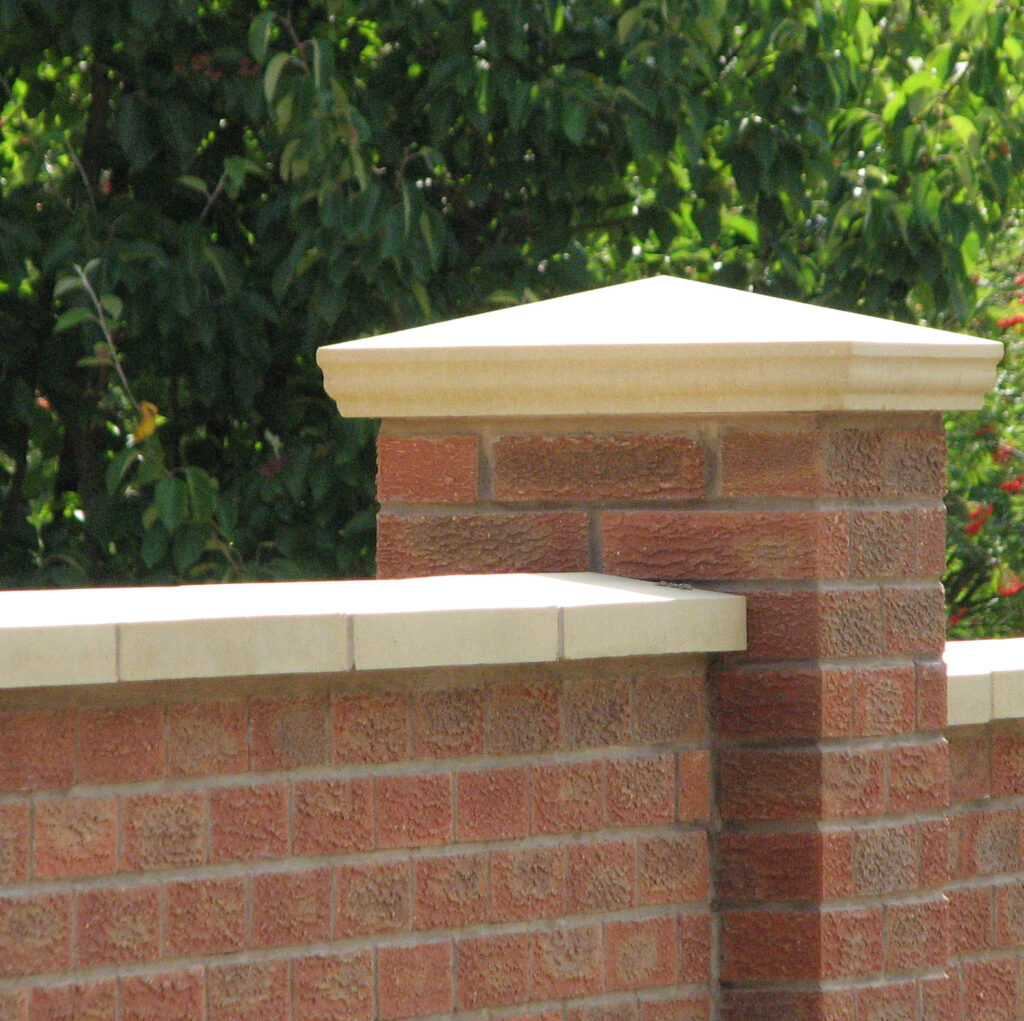Coping in Building construction: A Comprehensive Guide
Coping, in the context of building construction, refers to the process of shaping the end of a piece of material to fit against another, often at an angle. It’s a crucial skill, particularly in carpentry, joinery, and metalwork, allowing for tight, clean joints and a professional finish. This article delves into the various aspects of coping, exploring its purpose, techniques, materials, and best practices.
The Purpose of Coping
Coping serves several key functions in construction:
Creating Tight Joints: Proper coping eliminates gaps and ensures a snug fit between intersecting members. This is particularly important for trim, molding, pipes, and other elements where a seamless appearance is desired.

Materials Commonly Coped
Coping techniques are applied to a wide range of materials in construction, including:
Wood: Trim, molding, baseboards, crown molding, and other decorative elements are frequently coped.
Tools and Techniques for Coping
The specific tools and techniques used for coping will vary depending on the material and the complexity of the joint. However, some common tools include:

Coping Saw: This specialized saw has a thin, flexible blade that allows for intricate cuts and tight curves, essential for coping complex molding profiles.
The Basic Coping Process (Wood Trim Example)
While specific techniques vary, the general process for coping wood trim involves these steps:
1. Measure and Cut the First Piece: The first piece of trim is cut square and installed against the wall or surface.
2. Mark the Coping Line: Hold the second piece of trim against the installed piece, aligning it as it will be installed. Use a pencil or scribe to mark the profile of the installed piece onto the end of the second piece. This line represents the coping cut.
3. Cut Along the Coping Line: Using a coping saw, carefully cut along the marked line. For intricate profiles, it’s often easiest to start by cutting away the bulk of the material, then refine the cut with a coping saw or rotary tool. The goal is to remove material up to the marked line, creating a shape that matches the profile of the installed piece.
4. Test the Fit: Hold the coped piece against the installed piece to check the fit. Make any necessary adjustments with a chisel, file, or rotary tool.
5. Install the Coped Piece: Once a tight fit is achieved, install the coped piece.
Coping Different Materials
While the basic principles of coping remain the same, specific techniques and tools may be required for different materials:
Metal: Coping metal often involves using specialized cutting tools like metal shears, grinders, or saws designed for metal. Welding or soldering may be required to join the coped pieces.
Best Practices for Coping
Accurate Measurements: Precise measurements are fundamental to successful coping. Double-check all measurements before cutting.
Common Coping Mistakes and How to Avoid Them
Inaccurate Marking: Careless marking can lead to inaccurate cuts and gaps in the joint. Take your time and mark carefully.
Advanced Coping Techniques
Back Beveling: Back beveling involves slightly angling the back of the coped cut. This can help create a tighter joint, especially in materials that are prone to movement.
Conclusion
Coping is an essential skill in building construction, enabling the creation of tight, aesthetically pleasing joints in a wide range of materials. Mastering coping techniques requires practice, patience, and attention to detail. By understanding the principles of coping, using the right tools, and following best practices, construction professionals can achieve professional results and enhance the quality of their work. Whether working with wood, metal, plastic, or tile, the ability to cope effectively is a valuable asset in the construction industry.
what is coping in building construction
